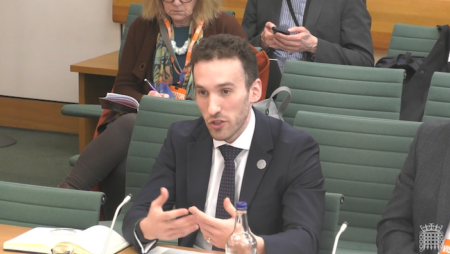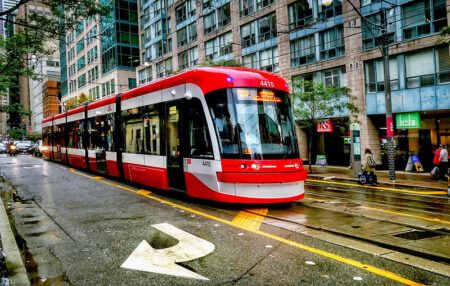London is to become the first capital city in the world to trial wirelessly charging electric buses, as the latest indications from a similar pilot, currently underway in Milton Keynes, reveal that such systems can be a success. Transport for London (TfL) announced last year that it was planning to test the technology on a live bus route, but without an exact time scale. Now TfL’s lead evaluation partner in the scheme, the Transport Research Laboratory (TRL), have revealed that the buses should be ready to hit the streets in September.
London is one of six locations around Europe where different types of electric bus technologies are being trialed, as part of a large European project called ZeEUS (Zero Emission Urban Bus Systems). London is unique in that it’s going to use wireless power transfer. Speaking exclusively to Traffic Technology Today, TRL’s head of low carbon vehicle and ITS technology Denis Naberezhnykh, says, “The latest information that we have is that three vehicles are going to be launched in September. The point is to see how they cope as part of a regular route. They’ll be in operation among all the other buses and subjected to the same kind of load and time schedules.”
And, encouragingly, Naberezhnykh also reveals that the UK’s first ever inductively charged electric bus route trial, in Milton Keynes, 55 miles north of the capital, is currently running smoothly. “It’s going very well in Milton Keynes,” says Naberezhnykh. “They’ve been operating for almost six months now. There is a combination of new technologies in there chargers and new buses. It’s all being integrated for the first time and so the reliability is improving all the time. Now they’re almost on the same level as diesel buses and they’re running fully electric for the whole route servicing the route completely functionally.” The Milton Keynes Electric Bus Demonstrator is led by MASP (MBK Arup Sustainable Projects Limited). TRL are working with Western Power Distribution on what is known as the Electric Boulevards Project, to assess the impact of the bus sheme on the electricity network, this is being funded by the Low Carbon Network.
The ZeEUS project, of which London is a part, has a total budget of 22.5m (US$25.5m) with 13.5m (US$15.3m) provided by the European Commission’s Directorate General for Mobility and Transport. “This all links into London’s ultra-low emissions zone,” says Naberezhnykh. “If we can guarantee that even vehicles that were traditionally very difficult to electrify can function as electric vehicles in central London, this will bring TfL, and all of us, closer to the likelihood that there will be an Ultra-low Emissions Zone and it actually be genuinely ultra-low for all vehicles, as the name suggests.”
Looking even further to the future, dynamic induction charging is the ulitmate dream. “This is all working towards the dynamic power transfer which is a huge area of research for us,” says Naberezhnykh. “It has the potential to completely turn mobility on its head in how we perceive the use of transport more generally. We’re currently looking into it for the Highways Agency.”
Images courtesy of Shutterstock, MASP and TRL




